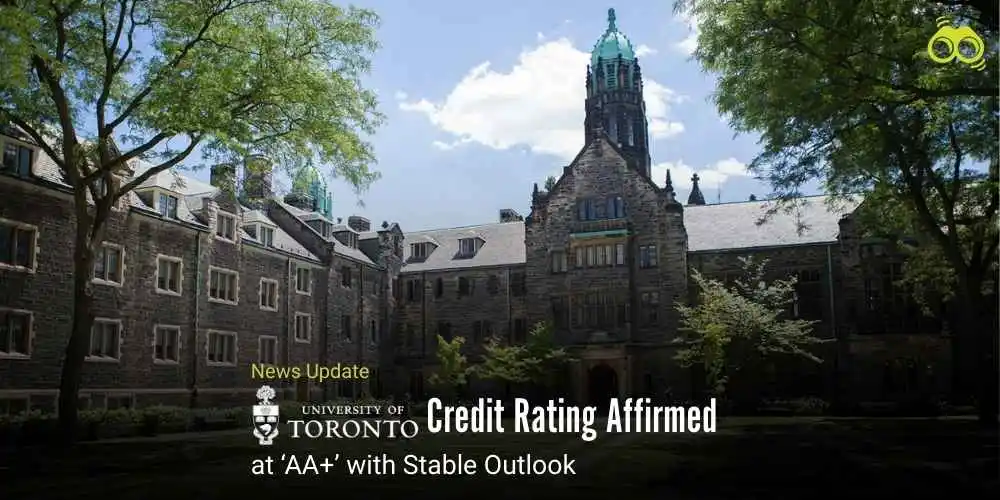Harvard Medical Campus Explosion Prompts Investigation and Public Alarm
No Injuries Reported After Deliberate Blast at Harvard Medical Campus
An intentional explosion, which fortunately resulted in no injuries, occurred on 1 November at the Harvard Medical Campus in Massachusetts. As this campus is part of the prestigious Harvard University medical school, the incident has sparked concern across the Ivy League and among observers regarding security at U.S. medical college campuses. A Harvard University police statement said an officer arriving at a fire alarm at the Goldenson building stopped two unidentified persons, who ran away before reaching the place of the blast. This detail has led to renewed interest in how Harvard University ensures campus safety, especially in high-security zones such as medical research facilities.
Following the initial assessment, the building was cleared entirely by the Boston Fire Department, which investigated the premises for further explosion cases. However, no other explosions were reported. This result has prompted an additional enquiry into the kinds of safeguards that have been put in place for emergency preparedness and health and well-being at Harvard University, in light of providing safety for students, staff, and sensitive research environments.
For investigation purposes, the police released grainy images showing two individuals wearing face coverings and hooded sweatshirts. These photos were taken from the security footage that was released to the public as an effort to identify persons of interest. The release of these visuals further piqued public interest in what happened at Harvard Medical Campus after the explosion and how the university is responding.
The Harvard Medical Campus plays an important central role in medical education and research within the state of Massachusetts. Most of the major departments and entities expected to make medical breakthroughs worldwide belong to this campus. Although the explosion did not injure anyone, it has certainly shaken the community and raised bigger questions regarding the safety and security of elite institutions. It has also prompted discussions about the role of medical education at Harvard University and the ensuing shaping of future generations of healthcare professionals.
In response to the incident, university authorities have assured stakeholders that no safety protocol is under review. No formal announcements have been made so far, but one would expect that Harvard News would follow the case as proceedings unfold. The university's internal security systems, such as surveillance, will likely be under scrutiny in the coming days. The response from students and staff has included concerns over how disruption manifests itself, with calls for more transparency and stronger preventive measures. Classes and research have resumed; however, students and faculty continue to bear the emotional scars left by the incident. The current event has also reignited discussions concerning the manner in which the Ivy League manage campus safety while being equipped to respond to threats. The blast at Harvard Medical Campus has laid bare the urgent necessity of integrity, vigilance, and accountability in providing safe learning environments.
Editor's Note:
The recent blast on the Harvard Medical Campus has deeply shaken the academic community, although it has registered no casualties. The Harvard University institution, being one of the leading lights in medical education and research in the world, is obliged not only to advance the frontiers of knowledge but also to take cognisance and ensure the safety and well-being of its students, staff, and facilities. In addition to raising serious questions about campus security and preparedness in emergencies, this potentially raises questions about resilience in high-risk environments like medical research buildings. Naturally, incidents like this can weaken public confidence in the systems designed to keep educational institutions safe. The fact that two individuals managed to flee the scene without being apprehended suggests that there are gaps in campus security that require immediate attention. In today’s climate, where universities are increasingly seen as potential targets, institutions must provide clear and robust safety protocols to reassure their communities. This development is likely to raise concern not only within Harvard University but also across other Ivy League institutions and medical colleges in the United States. These universities operate under considerable pressure, not only to innovate and lead in research and public service, but also to maintain secure and open environments for learning. Striking the right balance between accessibility and protection is becoming more complex, especially in high-risk areas such as medical campuses.
Skoobuzz underlines that this incident serves as a reminder that even the most prestigious institutions are not immune to disruption. It underscores the need for vigilance, transparency, and accountability in how universities manage safety, respond to threats, and protect their staff, students, and research facilities.
FAQs
1. What happened at Harvard Medical Campus on 1 November?
An intentional explosion occurred at the Harvard Medical Campus in Massachusetts, part of Harvard University’s prestigious medical school. The incident took place at the Goldenson building and was confirmed by the Boston Fire Department to be deliberate. Fortunately, no injuries were reported.
2. Were there any injuries at Harvard University Medical School?
No. Despite the explosion, authorities confirmed that no students, staff, or visitors were harmed during the incident.
3. Where is Harvard Medical Campus located in Massachusetts?
Harvard Medical Campus is situated in the Longwood Medical Area of Boston, Massachusetts. It houses several key departments and research facilities affiliated with Harvard University’s medical school.
4. How did Harvard University respond to the explosion?
Harvard University police responded immediately to a triggered fire alarm. An officer encountered two unidentified individuals who fled the scene. The Boston Fire Department conducted a full sweep of the building and found no additional explosive devices. University officials have since assured stakeholders that safety protocols are under review.
5. Who are the persons of interest in the Harvard Medical Campus explosion?
Police released grainy security images showing two individuals wearing face coverings and hooded sweatshirts. These images were shared publicly to help identify the persons of interest involved in the incident.
6. What is the role of medical education at Harvard University?
Harvard University’s medical school is globally recognised for its contributions to medical education, research, and public health. The Harvard Medical Campus plays a central role in training future healthcare professionals and advancing medical breakthroughs.
7. How does Harvard University ensure campus safety?
Harvard University maintains a dedicated campus police force, surveillance systems, and emergency response protocols. However, the recent incident has prompted renewed scrutiny of these measures, especially in high-risk zones like medical research buildings.
8. Has Harvard University issued a formal statement?
As of now, no formal public statement has been released. However, it is expected that Harvard News and university officials will provide updates as the investigation progresses.
9. What impact has the explosion had on students and staff?
While academic and research activities have resumed, the incident has left emotional and psychological effects on the campus community. Students and staff have called for greater transparency and stronger preventive measures.
10. Why is this incident significant for Ivy League universities and US medical colleges?
The explosion has raised broader concerns about security at elite institutions. It highlights the need for vigilance, integrity, and accountability in managing campus safety, especially in environments that house sensitive research and high-profile academic programmes.














0 Comments (Please Login To Continue)